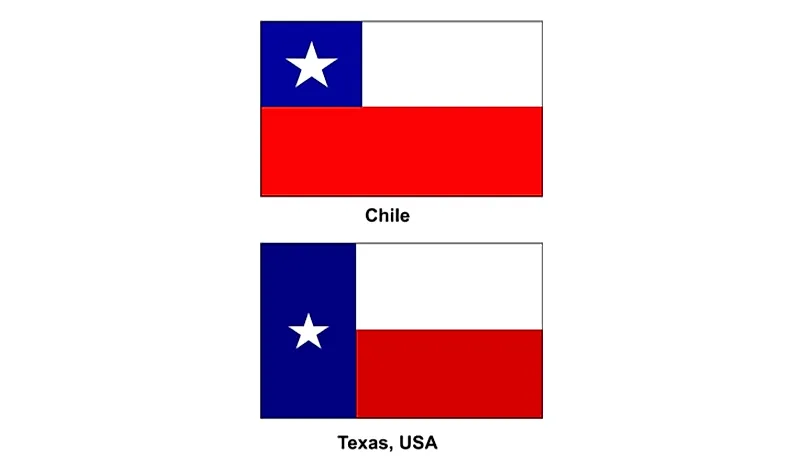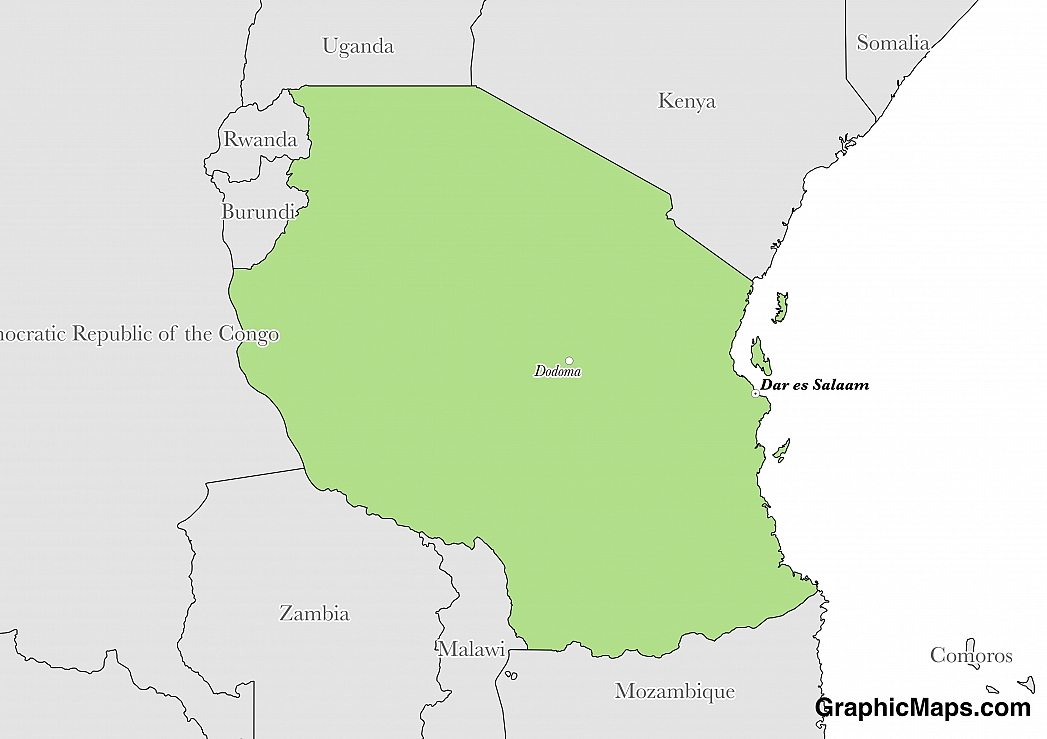Tanzania has two functioning national capitals. The first of these is Dar es Salaam, which is currently the active capital and government seat. This city is located along the coastline of the Indian Ocean, in the northern part of the country. The official capital, however, is Dodoma, where the legislative branch resides. Dodoma is located closer to the center of the country, 281 miles west of Dar es Salaam. Dar es Salaam was first established as the capital in 1891, when Tanzania was part of German East Africa. It remained the capital until 1974, when Dodoma was officially designated. The transfer of government activity to Dodoma has yet to be completed.
Dodoma has a population size of around 410,956. Approximately 19.2% of these individuals identify as Catholics. This city is the home of several indigenous groups, including Sandawe, Gogo, and Rangi. Dar es Salaam has a population size of 4,364,541 individuals, making it not only the most populated city in Tanzania, but also the most populated city in East Africa. The population of this city grew an average of 5.6% from 2002 to 2012, which means that Dar es Salaam is the 9th fastest growing city in the world.
Between the two capitals, Dar es Salaam is more popular with tourists, although not the most popular destination in Tanzania. This city houses the international airport and is the gateway to the island of Zanzibar, with ferry ships leaving daily. Some of the most popular attractions in this city include: the Zoological Gardens, the Makumbusho Village Museum (which has various examples of traditional architectural practices), and the National Museum. Due to its location along the coast, Dar es Salaam is also an excellent place to take deep sea fishing tours or learn to scuba dive.
Dodomo is located in a semi-arid climatic zone, which means the city is warm and dry most of the time. It does experience a rainy season between November and April, when most of the 23.89 inches of annual precipitation occurs. Dar es Salaam is located in a tropical wet and dry climatic zone, which means this city experiences hot temperatures and humid climate throughout the year. It is also characterized by two rainy seasons from November to December and from April to May. This city receives 45.26 inches of precipitation on average every year.
This page was last modified on May 1st, 2018
More on Graphicmaps

Published on 2019-11-06
What is a Trade Embargo?

Published on 2019-11-04
Which Two Countries Used to Have the Same Flag?

Published on 2019-09-16
What Is the Only Two-Sided State Flag?

Published on 2019-09-16
Which Country Flag Looks Like the Texas Flag?

Published on 2019-08-29
Flags That Resemble the US Flag

Published on 2019-08-20
